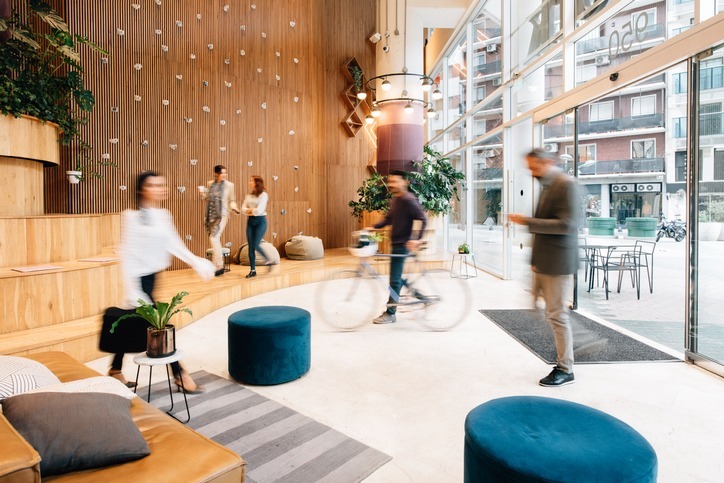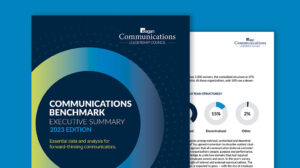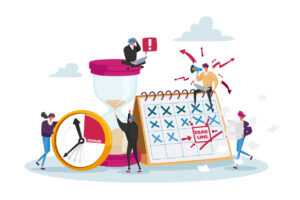3 tips for building a comms plan about the return to the workplace
A recent free webinar from Ragan Communications and Poppulo suggested comms pros focus on belonging, breaking change into stages and developing essential partnerships.

Even if your workforce will never return to full capacity at the office, communicators must develop a plan to explain how the new workplace will run.
From 100% remote offices to hybrid solutions, the new normal for workers requires some redesign and explanation. The office culture is forever changed—and for internal communicators tasked with protecting the employee experience, there’s a lot of work to do.
Priya Bates, president of Inner Strength Communications, offers three tips for designing a communications plan for the return to the workplace on a recent webinar titled “How to Build a Communications Plan for Returning to a Hybrid Workplace.” Drawing form her experience working with internal communicators across North America, Bates identifies three areas that require extra attention:
- Emphasize belonging.
“People want to feel like they belong,” says Bates, and that’s tricky for a workplace where some employees might gather in person while others log in remotely from home. Belonging also touches on new mandates for diversity, equity and inclusion (DE&I) in the workplace.
“The language is changing,” says Bates, as she sees organizations moving from DE&I to “belonging, justice and dignity.” When we think about the new world of work and where our employees are going to be, we should focus on making sure that everyone feels like they belong and that they can bring their whole selves to the business,” Bates says.
How to get started? Bates recommends employee consultations or listening sessions. “Ask employees what they think,” she says.
However, it’s important to communicate how these sessions will influence your choices and temper expectations. Be clear that you are looking to hear what employees will like, but that doesn’t guarantee that those requests will be fulfilled, Bates says.
- Define the phases and customize your message.
“Ask your leaders what the goals are and if this is happening in pieces,” recommends Bates. Are there different phases or stages to your return to the workplace plan? Will some workers return before others?
Start by defining your operational plan and then develop a communications plan that supports it. Depending on what kind of company you work for, there will be specific considerations that must be examined. Global companies will have to adapt their plans, for example.
“Avoid a one-size-fits-all approach,” Bates recommends, as employees often see messages that don’t apply to them as a signal from their organization that they are less important or don’t matter to decision makers.
- Build partnerships.
Rather than falling into the common trap of arguing over who “owns” what within the organization, Bates recommends focusing on partnerships. Some of the functions that should be brought in on the return to the workplace include human resources, IT and facilities management, among others.
For HR, make sure you know the guidelines and procedures so that you can accurately communicate them to employees, says Bates.
One common point of misunderstanding: nomenclature. Make sure everyone is working with the same names and vocabulary, advises Bates.
For IT, make sure you are getting everything you need from your current tools. Bates estimates that most workers only use 60% of a given tools’ capabilities to store and disseminate information.
Facilities managers must also be consulted as companies rethink their real estate portfolios and office investments. Even if the office is being kept open, there might be new safety protocols. Has the number of people allowed to occupy a meeting room changed, for example?
Bates recommends working with the facilities team to explain what has changed—but also what has stayed the same. Bates reminds us that employees derive some comfort from learning about what isn’t changing in their new work life.
So, don’t forget to let your audience know that there are still plenty of the familiar features that are being kept.
You can watch the full presentation from Priya Bates and Poppulo here.







